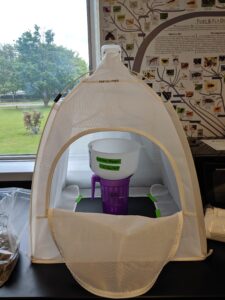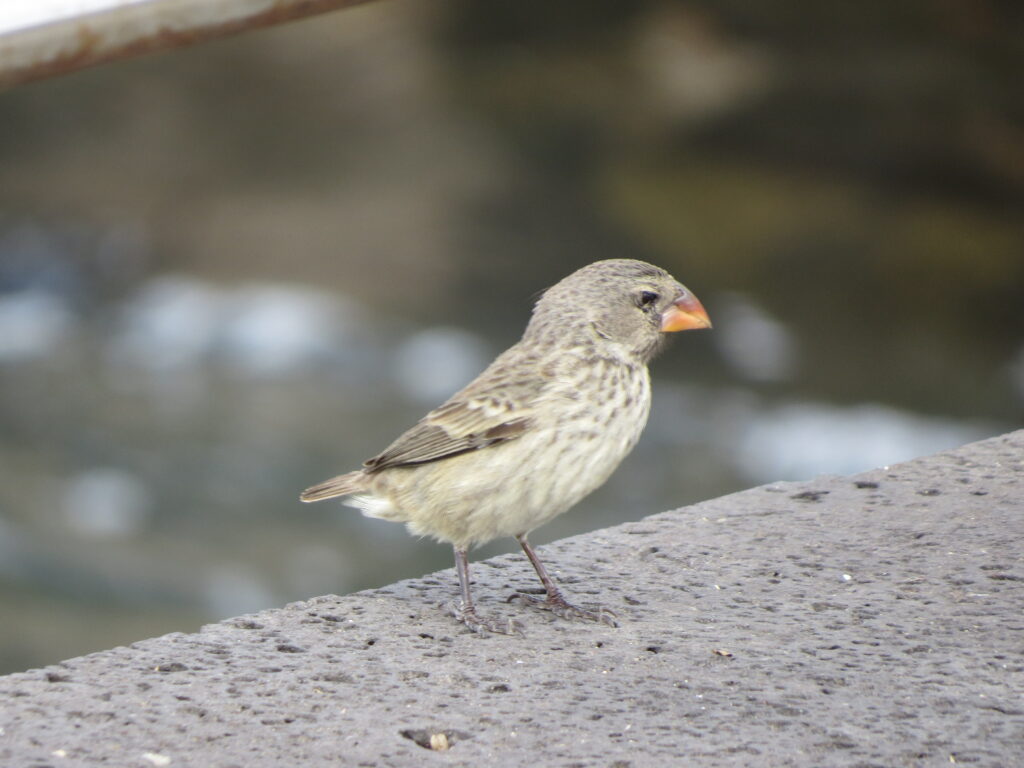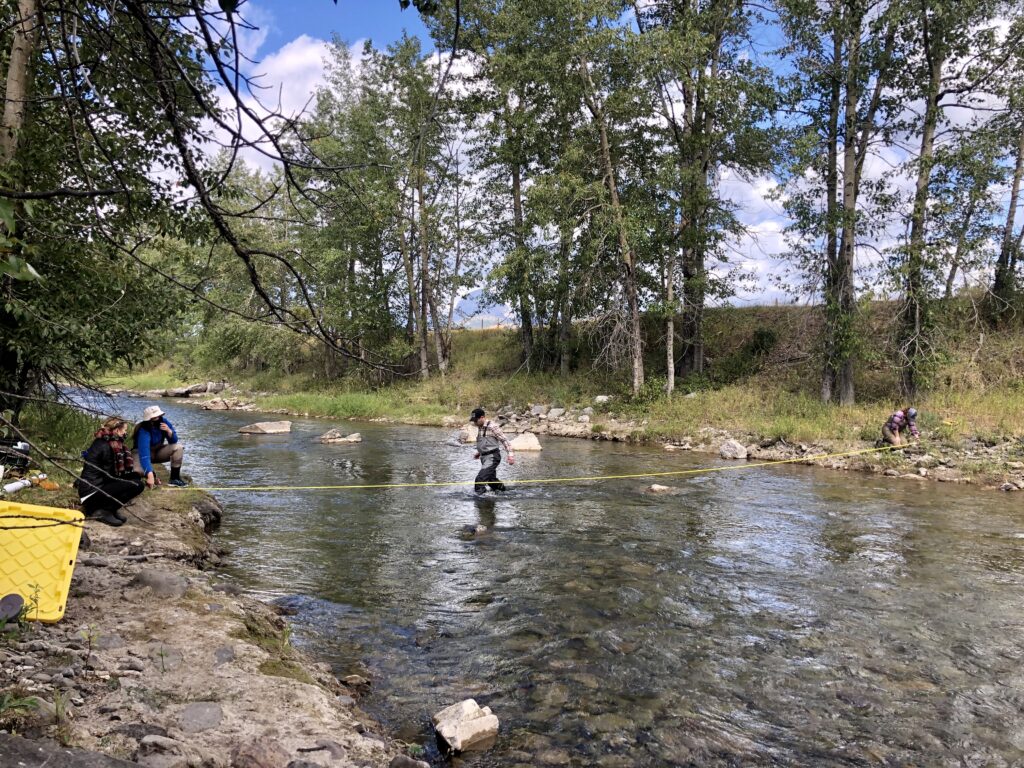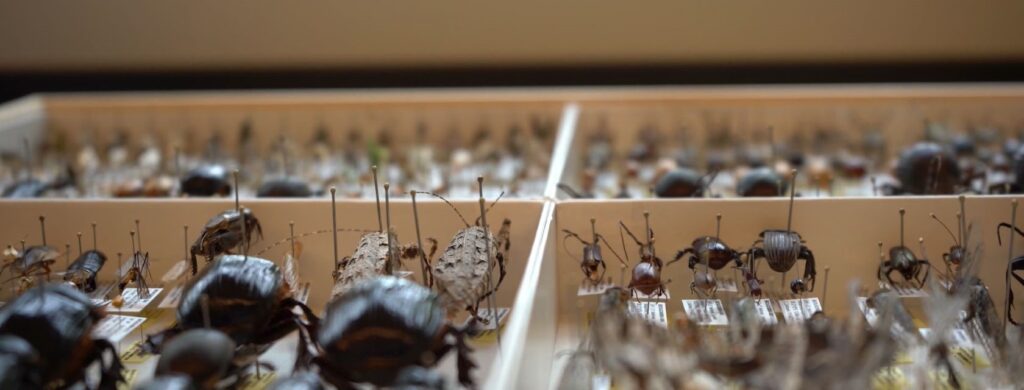Biodiversity in a bird’s nest: DNA as a tool for bird conservation

Researchers employ eDNA to investigate 'fascinating microcosms' inside birds' nests.
- CBG Media & Communications
- September 6, 2023
Researchers have found that advanced DNA technologies can get a detailed snapshot of insect diversity within a bird’s nest, showing everything from the bird’s last meal to disease-causing parasites.
“Birds’ nests are fascinating microcosms, but until now, studies have only examined the living insects that can be seen crawling and flying around the nests,” says Valerie Levesque-Beaudin, lead author on the study and a leading expert in Diptera taxonomy at the Centre for Biodiversity Genomics (CBG) at the University of Guelph (U of G).
With newer DNA-based methods, researchers can pick up traces of environmental DNA to get a snapshot of all the species in these tiny ecosystems. “The analysis of nest contents and environmental DNA, or ‘eDNA’ as it’s called, via metabarcoding helps us to gain more insight into a bird’s diet, parasites, and other factors that could impact a bird’s health and breeding success,” says Levesque-Beaudin.
Learn more about metabarcoding for biodiversity analysis.
For the study, published in Metabarcoding and Metagenomics, researchers collected 20 birds’ nests from the 162-hectare Arboretum at U of G. They examined the nests using DNA barcoding to identify insects to species and DNA metabarcoding to look at the entire nest ecosystem.
Organisms leave traces of DNA behind as they move through the environment, and researchers can use metabarcoding to build a comprehensive picture of life in the nest. Metabarcoding pulls all DNA traces in a bulk sample – in this case, parts of dead insects, debris, and dust from birds’ nests. This method differs from DNA barcoding, where a single specimen – an insect in this case – is DNA sequenced to identify it to species level.

The CBG team used emergence traps for a first sweep of the nest’s contents followed by a second, deeper probe using DNA metabarcoding to identify all the species encountered in the nest. Researchers passed the nests through a sieve, collecting insect remains and the dust for DNA extraction. “We not only found insects making a living in the nest, but traces of prey, parasites, and many other things,” says Levesque-Beaudin. “The most unexpected was the amount of information gained on other birds’ species whose feathers were either used for nest building or whose nests were essentially overbuilt by the nesting species.”
“This approach has the potential to revolutionize how we study bird nests as a micro-ecosystem. It unravels connections between different ecological guilds within the nest and connections of the birds with their environment, which would otherwise remain hidden,” says Dr. Bettina Thalinger, senior author of the study.
The CBG’s Associate Director of Analytics, Dr. Dirk Steinke, says the study has positive implications for bird conservation efforts. He says his students have already begun looking at American Kestrels, a threatened bird of prey, to find out if there are clues in the nest communities via metabarcoding and if DNA can help scientists determine if lack of prey or increased parasitism could be among the causes of nestling mortalities.

Galapagos finches are another species threatened by the avian vampire fly – a parasite that attacks nestlings – and treatments include pesticides. Steinke notes that one of his graduate students has begun using DNA metabarcoding in the finches’ nests to understand better the potential impact of pesticide treatment on the entire arthropod nest community.




